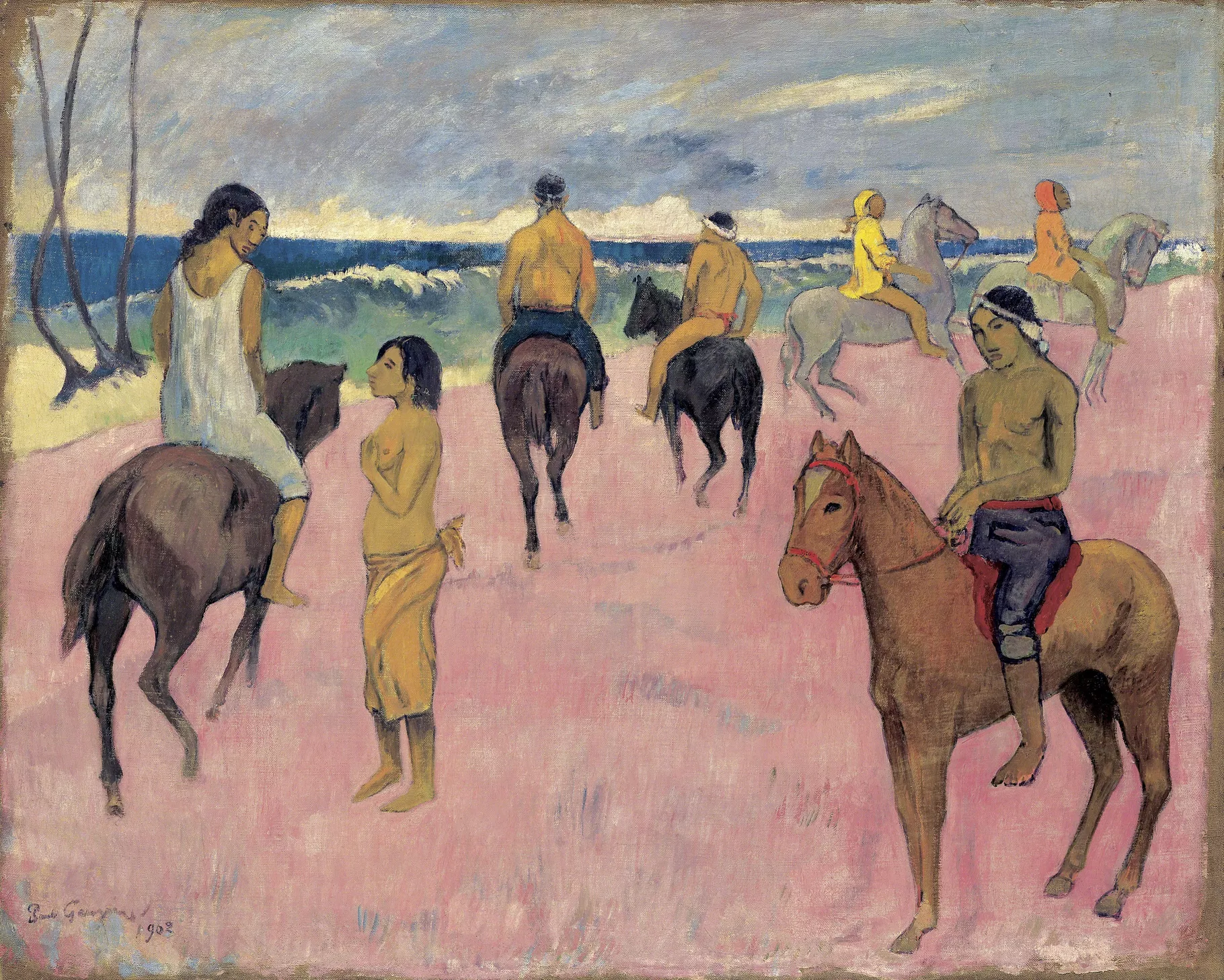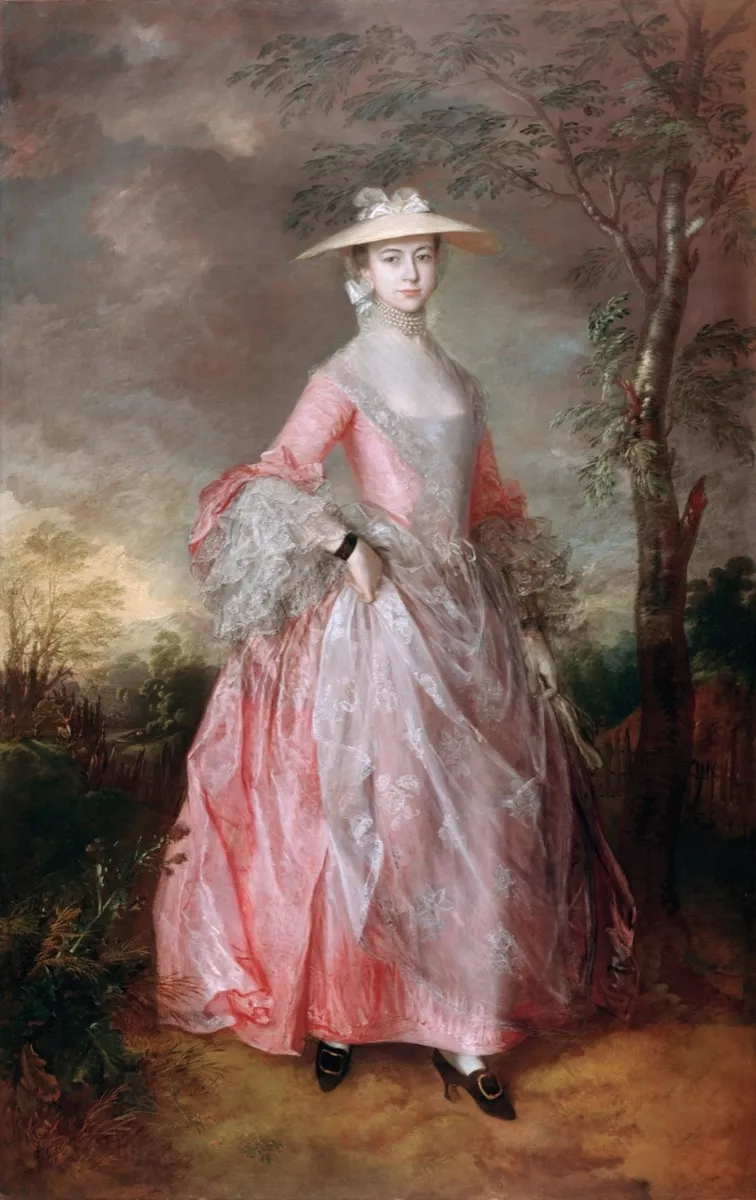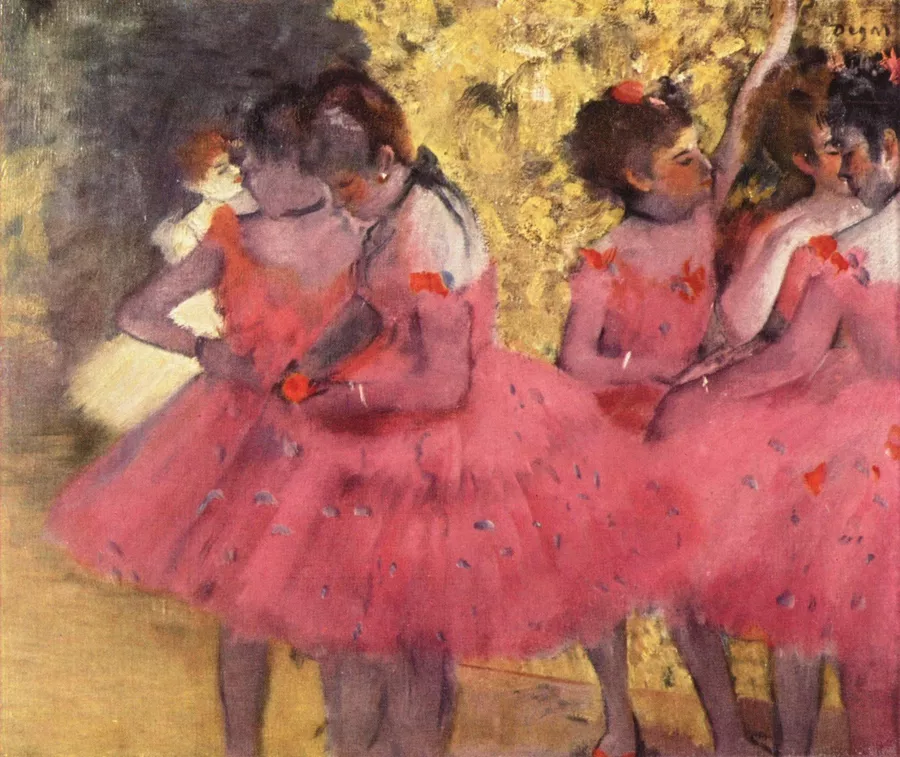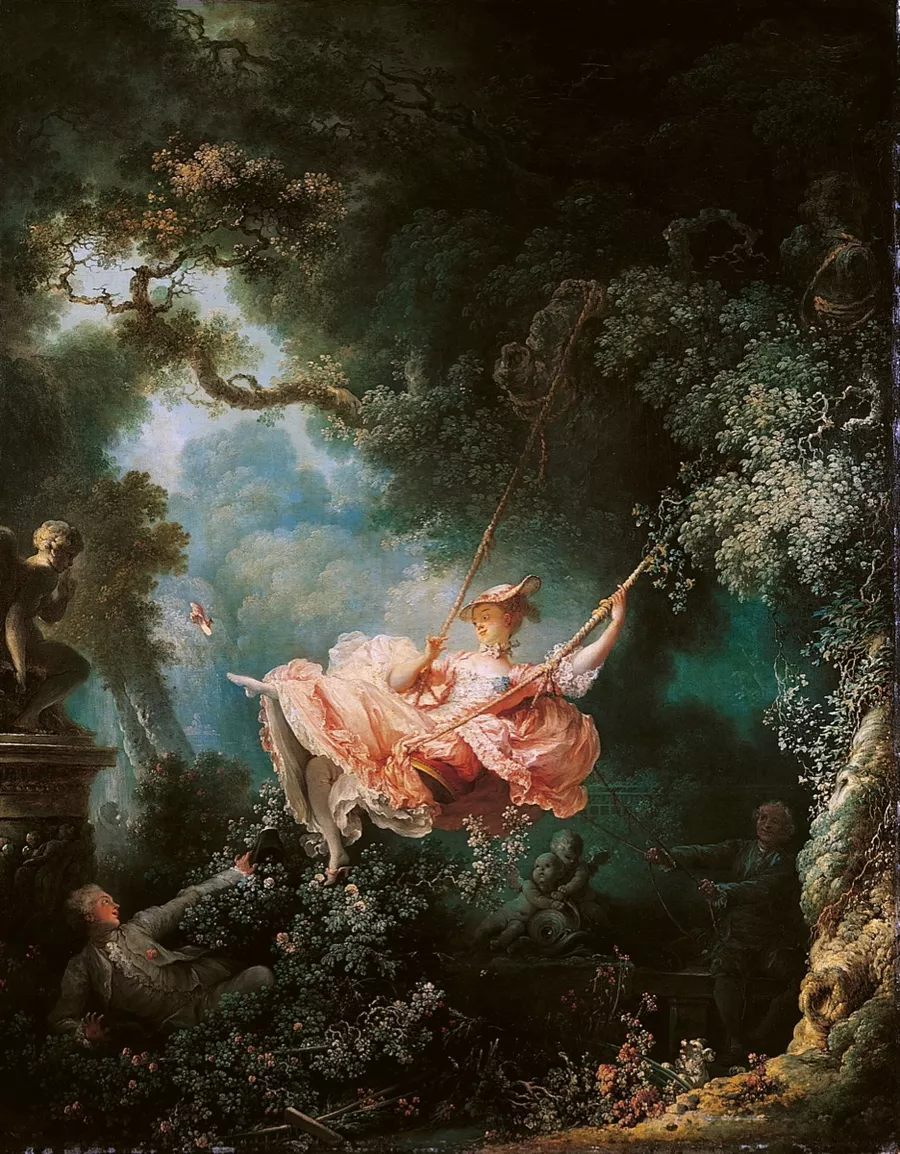Pink: History of the Most Controversial Color of All
- Śwagmag
- Sep 14, 2023
- 3 min read
For centuries, the color pink has intrigued, delighted, and surprised us. Pink – the fusion of passionate red and pure white – has a multi-layered history that's as dynamic as its hue. While it's been part of our color palette since ancient times, the term 'pink' wasn't introduced in English until the 17th century.

Originally, the name derived from a species of Dianthus, commonly known as 'pinks,' due to their frilled edge petals.
The history of pink in human civilization can be traced back to the ancient societies of Greece, Rome, and China. In ancient times, pink was often associated with health and youth due to its resemblance to skin tones. However, in Roman society, it also held ties to extravagance and luxury, adorning the frescoes of villas and palaces.
As we entered the Middle Ages, the use of pink began to take on religious connotations. The color was featured in numerous religious artworks, often to denote purity and innocence, especially when depicting the Virgin Mary or the Christ Child.
During the Renaissance, the significance of pink evolved further. With advances in dye technology, the availability of pink broadened, and it became a symbol of affection, love, and romance in art and literature. However, it was during the Rococo period that pink truly had its moment of glory. Favored by the French court and Madame de Pompadour, King Louis XV's influential mistress, the color became a definitive marker of style, elegance, and upper-class taste.
Yet, the 20th century brought a drastic shift in the perception of pink. By the 1940s, Western societies began associating pink with femininity and innocence, a stark contrast to the previously gender-neutral use of the color. It was during this period that retailers started marketing pink items specifically to girls, reflecting the cultural norms of the time. This was a significant chapter in the history of pink, cementing its role in the discussion about gender norms and societal expectations.
In the world of fashion, pink has enjoyed various periods of popularity. From the vibrant fuchsia gowns of the 18th century to the pastel pinks of the 1950s and the neon hues of the 1980s, pink has consistently proven its timeless appeal.
Today, the use of pink has exploded beyond fashion and décor. It's a powerful symbol in social and political movements, from pink ribbons denoting breast cancer awareness to the Pink Pussyhat Project, empowering women's rights.
In the digital age, pink continues to evolve, transcending its historical associations. Millennial Pink, a muted shade that gained popularity in the 2010s, shattered gender color norms and became a symbol of a progressive, gender-neutral approach to design.
Pink's journey from ancient symbolism to modern societal iconography is a testament to its enduring appeal and versatility. As we continue to navigate the complexities of the 21st century, one thing remains certain: pink will continue to color our world and influence our societal narratives.
Exploring the history of pink offers an intriguing glimpse into our cultural, artistic, and social evolution. Just as our perceptions have changed over centuries, so too has the way we perceive, use, and engage with this captivating color. Whether evoking high fashion glamour, challenging societal norms, or championing social causes, the power of pink continues to resonate. Its rich history is a reflection of our own - a vibrant and evolving tale of transformation, resilience, and identity.









Comments